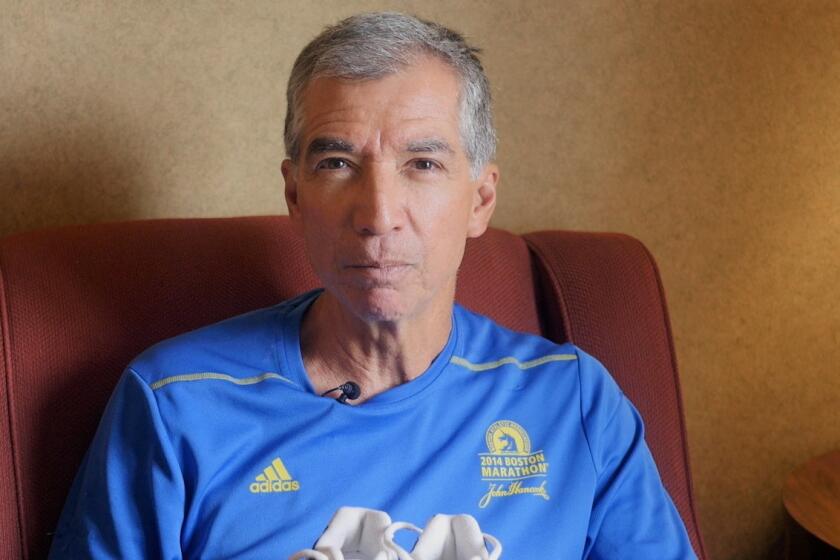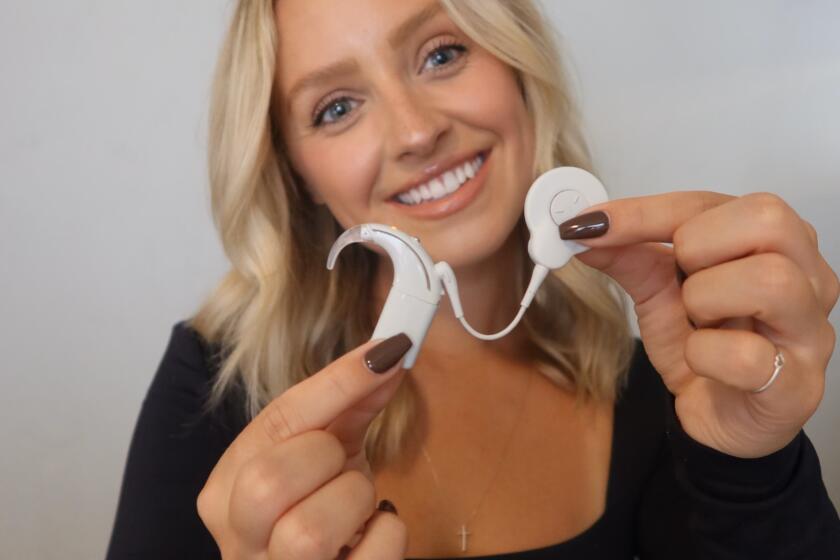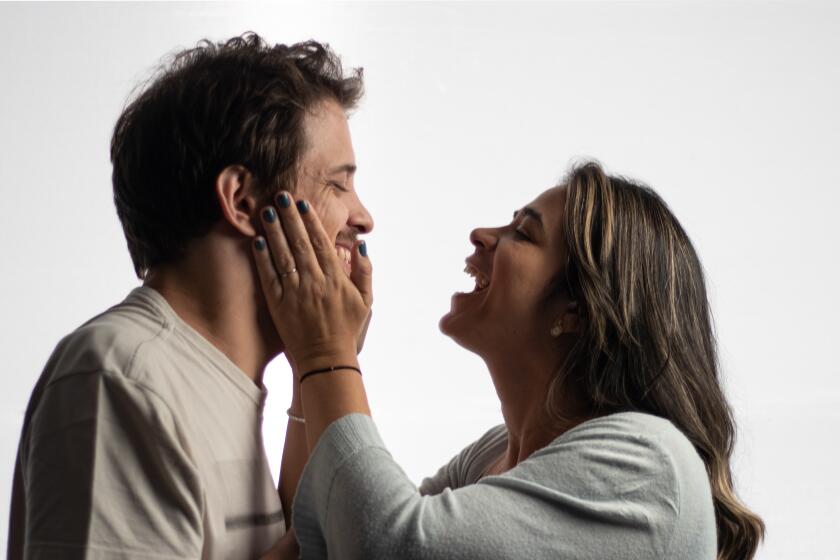Column: How to take a nap while you’re awake

S.D. sleep doctor gives tips on getting restorative benefits of sleep during your daytime routine
In 2006, sleep specialist Sara Mednick wrote an award-winning book, “Take a Nap! Change Your life.”
Now, 16 years later, she is following it with a how-to guide for re-charging your batteries while you’re awake.
Mednick, who lives in Kensington, is a professor of cognitive science at UC Irvine. She runs a sleep lab there that collects and analyzes data on people’s sleep patterns and their effects.
Recent research has focused on how people can recharge and replenish their systems daily during what she calls their “downstate” time. Hence, she calls her new book: “The Power of the Downstate: Recharge Your Life Using Your Body’s Own Restorative Systems.”
Instead of always being revved up, we must take time to smell the roses and let our cardio, metabolic, cognitive and emotional systems recoup to perform at our best.
Or, as Mednick puts it, “we need to plug in and recharge our batteries.” There are optimal times during the day to be active and optimal times to rest. The body’s systems have their own rhythms, and they must be in sync to operate efficiently.
She emphasizes four key ingredients to a good day’s sleep: awareness of the autonomic nervous system (which governs breathing, heartbeat and blood pressure), sleep, exercise and nutrition.
The enemies of our downstate restorative mode include shallow mouth breathing, insufficient sleep or fitful sleep, and exercising or eating at the wrong times of day.
“It all starts with our breath,” says Mednick, pointing to the benefits of meditation and yoga in controlling breathing. “The best thing you can do to restore is consciously engage in slow, deep breathing.”
Other tips:
- Intense cardiovascular workouts should take place in the morning, whereas weight training is fine in the afternoon and evening.
- Bigger meals should be eaten earlier in the day. Fifty percent of calories should be consumed before noon when metabolism is higher. As the day winds down, so do our bodies; insulin levels drop and glucose is left in the bloodstream to be turned into fat.
- Late-night eating or snacking stimulates the sympathetic nervous system and delays release of natural melatonin postponing much-needed sleep.
- As evening approaches, the brain’s frontal lobe activity decreases affecting focus, attention to detail and working memory, and emotional wellbeing tends to be less stable.
- Natural sunlight is encouraged during the day, but light from a TV monitor at night can confuse your circadian rhythm and delay relaxation and entry into the downstate repair period.
The revolutionary aspect of recent sleep research, Mednick says, is that it takes into account various systems within the body and how they all work together. So rather than focusing on a single aspect, a holistic approach is needed.
Jessica Payne, a psychology professor at the University of Notre Dame who conducts similar sleep lab research, agrees that taking time to rest, whether by napping or getting into the downstate, is crucial in this day of social media bombardment.
Time out simply doesn’t happen naturally nowadays, Payne says. Instead of watching the clouds, she observes students crossing campus today with their eyes glued to their smartphones. Our brains need a break to go offline to process things in a different way.
Payne calls Mednick’s book extremely timely because it is on the heels of the stress-inducing pandemic.
Chronic diseases can be linked to lack of restorative sleep, says Mednick. For instance, sleep researchers have found that measuring the number of slow, restorative sleep waves in people’s brains in their 40s or 50s is a predictor of their risk of getting Alzheimer’s disease in their 70s or 80s.
With all this in mind, Mednick designed a downstate recovery plan, sort of a Downstate Guide for Dummies.
She suggests starting by adding one action a week for four weeks.
Begin, say, by practicing slow, deep nasal beathing for five minutes every morning for a week. The next week, add a wake-up and bed-time window. On Week 3, begin exercising at least three times a week at the same time each day. On Week 4, schedule all meals within an 8-, 10- or 12-hour span each day.
The list goes on through successive weeks ...
As for practicing these steps herself, Mednick admits she falls short. “I’m human. I try every day to stick by these things but, like everyone, I’m stressed out by life. I try to keep up these habits.”

Her research introduced her to mixed martial arts fighter Glover Teixeira. When the Brazilian-born ultimate fighter reached his mid-30s, when many of his cohorts were retiring, he was feeling burned out but still chasing that elusive championship title.
So he underwent a barrage of assessments at the Ultimate Fighting Championship (UFC) Performance Institute to analyze his sleep, nutrition, workouts and his body’s recovery time. His answer? He trained less.
In a counterintuitive turnaround, Teixeira focused on rest — giving his body time to recover. He spent 12 hours in bed each night, ended his workouts by 1 p.m., practiced breathing exercises and meditation, wore body sensors and focused on lowering his heart rate and staying calm.
The result? At 42, Glover became the oldest first-time champion in UFC history. The week of his light heavyweight championship fight last October, he was said to have stayed in bed 20 hours a day to get maximum rest.
Glover is the poster child for the power of the downstate, Mednick says.
Get Essential San Diego, weekday mornings
Get top headlines from the Union-Tribune in your inbox weekday mornings, including top news, local, sports, business, entertainment and opinion.
You may occasionally receive promotional content from the San Diego Union-Tribune.












